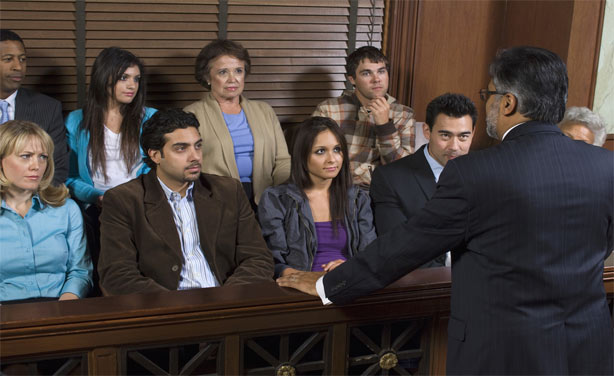Defying the Odds: Federal Acquittals Pt. II
A jury’s verdict of “not-guilty” amounts to an acquittal: a victory for the defense. It clears the defendant of charges and protects them from double jeopardy—the threat of being tried for the same crime twice.
In movies and courtroom dramas, we’re used to the familiar scene of a jury deliberating behind closed doors. They then read their verdict to the court off a small, official-looking piece of paper and proclaim the defendant “not guilty.” The defendant shakes their attorney’s hand and breathes a sigh of relief. It’s the stuff of movies.
This typical scene is meant to illustrate an acquittal by jury, and while this is the most common way to be acquitted, it’s not the only way it can happen.
Motioning For An Acquittal
A trial by jury is guaranteed as a right by the US Constitution, however at any time a defendant may waive this right and allow their case to be decided by a judge.
A trial attorney can ask the judge to grant a motion to acquit their client of one or more charges based on the grounds that the evidence presented in court is insufficient to prove the defendant’s guilt beyond a reasonable doubt to a reasonable jury.
An attorney can file a motion for acquittal at any time during the trial, usually once the prosecution has finished presenting their evidence. They may even motion for acquittal after the jury has reached their verdict.
The decision to grant the motion rests entirely with the judge—not the jury— who may choose to acquit the defendant of one, all, or none of charges brought against them. The judge can make their decision at any time after the motion has been requested. If the judge denies the motion, the fate of the case will remain in the hands of the jury.
Before granting the motion, the judge must consider the evidence in the light most favorable to the prosecution— not the defense. Many judges are also reluctant to interfere with the jury’s decision, and for this reason, motions for acquittal are rarely granted.
A Long Shot Worth Taking?
If the odds are so low, why do attorneys motion for acquittal at all? While it largely depends on the case and the evidence, it’s one of the many tools a good trial attorney will use to fight for their client in court.
On October 1, 2014, I successfully argued a pretrial motion in limine that limited the amount of evidence that the state could present to the jury. Because the evidence was so limited, the state’s case, even when viewed in a light most favorable for them, was not sufficient to prove my client guilty beyond a reasonable doubt, and the case was dismissed.
As we mentioned in our last blog, most cases are settled out of court, usually with a plea bargain. It’s important to work with an attorney who will pursue every option to ensure their client receives a fair and impartial trial.

